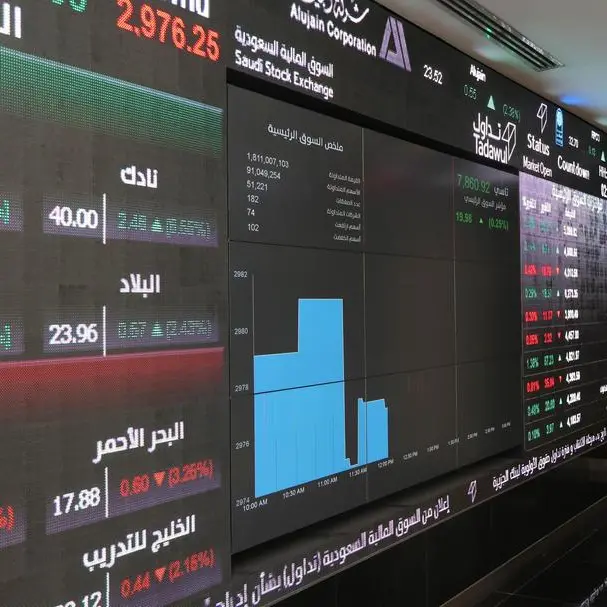In a recent interview Equitativa, the fund manager for Emirates REIT, stated that it is not considering buybacks of the REIT’s stock. This position appears not to be consistent with the best interests of the REIT’s shareholders. To understand such an argument, first it is important to understand this particular REIT’s characteristics.
What is a REIT?
REIT stands for Real Estate Investment Trust. First developed in the United States, REITs were meant to allow retail investors to acquire exposure to large-scale real estate portfolios.
Think about it from a Dubai point of view: As the Emirate has boomed since the inception of the UAE in 1971, and even more so in the last two decades, there has been a large and lucrative expansion in residential and commercial real estate. However, as these buildings cost tens, if not hundreds, of millions of dollars each, retail investors could not directly benefit from this part of the economy.
Even buying individual residences could be out of the reach of many investors, or form an imprudent percentage of their overall investment portfolio.
The Unites States enacted laws that allowed the formation of REITs, a company that owns and operates income-producing real estate. REITs are supposed to pay out close to 100 percent of their income, usually for tax reasons, and so are an income play (as opposed to a value play).
Finally, REITs can come in various forms. In the case of the Emirates REIT, it is listed. What this means is that the only exit for a shareholder is to sell in the market. This is the equivalent of a closed-end fund.
One of the issues most discussed in the media, and indeed the title of the interview cited above, is a share buyback for Emirates REIT. The main issue raised was that as of publication of the article on April 28, 2019, the shares were trading at a 57 percent discount to the net asset value (NAV) announced on December 31, 2018. That means that the value of the properties as established by the market was 57 percent below the value of the properties as established by Emirates REIT.
Why not buyback?
As with any company, be it in real estate or otherwise, if the shares are trading well below NAV then they are quite cheap. What better way for a company to invest than in its own shares at a substantial discount? Emirates REIT has indeed requested and received authorisation from its shareholders for a share buyback. However, the company’s statement that it does not actually plan a share buyback is inconsistent with asking for one. Why signal to your shareholders a share buyback and then refuse to go through with it?
Emirates REIT’s 2018 audited financial statements show a cash position of $38 million. Compared to its $209 million market cap as of June 20, provided by Eikon, this means that it could easily buy back a significant amount of shares and still keep enough cash for operations.
Equitativa’s first excuse as to why it is not considering a buyback of the REIT’s shares is that there were “great opportunities” to use these funds to buy assets at attractive valuations. The problem is that the cash position comprises only 4 percent of the REITs $940 million of investment properties reported in the 2018 financials. That 4 percent will have a negligible effect on the overall portfolio, so this does not seem logical.
The second excuse given is that Emirates REIT is not the only REIT trading at a significant discount to NAV. Saying that the share prices of peer group companies are also performing badly is not an excuse for Emirates REIT to accept this discount without doing anything material about it. The implication is that the whole market is under pressure.
Identifying whether it is the market performance or the fund performance that is the main cause of the discount could be partly explained by looking at one of Emirates REIT’s main investments, which reached only 50 percent occupancy at the end of 2018.
The reason given is that the Index Tower was completely isolated without good access, and the hope held out is that the Gate Avenue project will link the Index Tower to the DIFC and create more demand. But this leads to the question of ‘if the building had location and access issues, why did Emirates REIT buy it in the first place’? Why does Emirates REIT think it can use its $38 million in cash to buy good assets when one of its main current assets has only just reached 50 percent occupancy? Doesn’t this explanation point more to weak fund management performance as opposed to overall market performance?
In a note published earlier this year, Arqaam Capital said that even if a large default of one of the REIT’s clients was factored out, then funds from operations would have been $17 million, less than the $24 million paid out by the REIT as a dividend. In other words, Emirates REIT is propping up its dividend yield using cash from the balance sheet, which is not a sustainable strategy.
The evidence appears to support the idea that the fund management is underperforming. If this were the case, allowing the REIT to continue to invest seems illogical. Even a share buyback would only amount to 7 percent of the shares.
On the other hand, if Emirates REIT were to liquidate by selling its real estate portfolio and returning the funds to the shareholders, then the shareholders would enjoy a circa 100 percent return. This only works, of course, if the value of the investment properties on the REIT’s balance sheet is actually the correct market value.
Any opinions expressed here are the author’s own.
Disclaimer: This article is provided for informational purposes only. The content does not provide tax, legal or investment advice or opinion regarding the suitability, value or profitability of any particular security, portfolio or investment strategy. Read our full disclaimer policy here.












